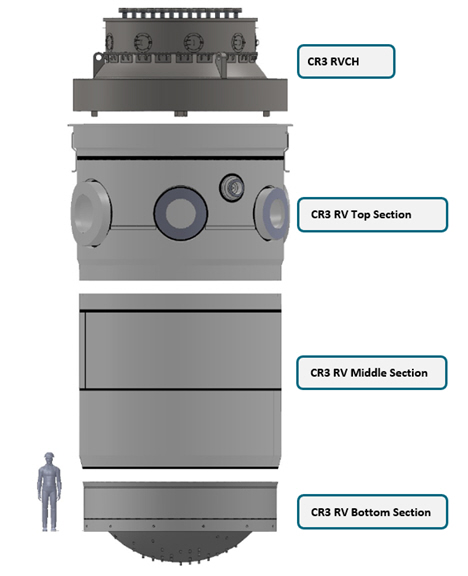Transportation & Disposal of Crystal River Unit 3 Reactor Segments and Large Cooling System Components

Richard “Ricky” Furr, Larry McDougal, John Mayer
Orano DS, LLC
PRESENTING
 ABSTRACT
ABSTRACTThe transportation of the four major RV/RVI packages to the WCS facility in Andrews, Texas, for final disposal, described in this paper, provides closure to the final chapter in this first Optimized Segmentation story. We have demonstrated the ability to successfully plan and implement a strategy to remove, segregate, and replace the RVI into the RV to achieve optimal waste disposal efficiency. Orano has also demonstrated the ability to design, license, fabricate, load, and transport the Type B special packages necessary to achieve the full value of the Optimized Segmentation philosophy. The success of this work sets the stage for many future Optimized Segmentation decommissioning projects.
Read the press release: By Sea and Land, Orano Performs Unique Transport of Segmented Crystal River Unit 3 Reactor to Disposal; Completing Its Decommissioning Tasks in Less Than 4 Years
>> Return to Orano White Papers
